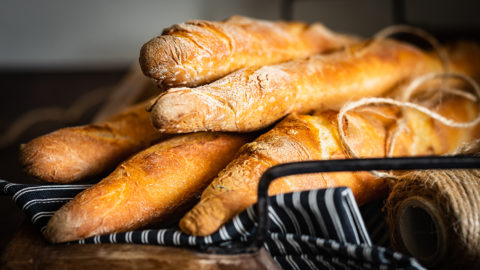

27 Mar ART-723- eating habits in the context of national traditions.
Eating Habits through the Prism of national traditions: dishes as national symbols
Culinary traditions are deeply rooted in the culture of each nation, reflecting its history, values, and lifestyles. Some dishes have gained the status of national symbols, becoming an inseparable element of the cultural identity of a given country. In this article, we will look at how eating habits are conditioned by national traditions and how some dishes have become symbols of their nations.
Italy: Pizza and Pasta
Italian cuisine is one of the most recognizable in the world, and pizza and pasta are its symbols. The traditional Neapolitan pizza has even been listed as an intangible cultural heritage by UNESCO. The eating habits of the Italians are based on the simplicity of ingredients and at the same time the complexity of flavors, which is characteristic of the Mediterranean way of life.
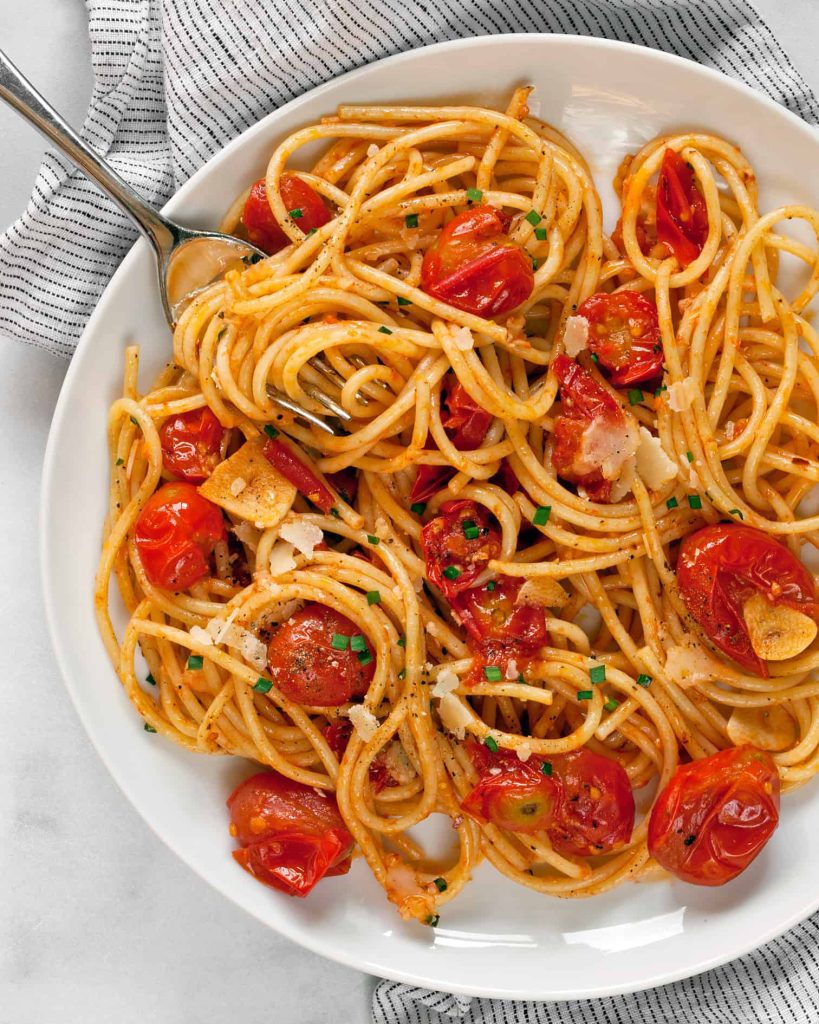

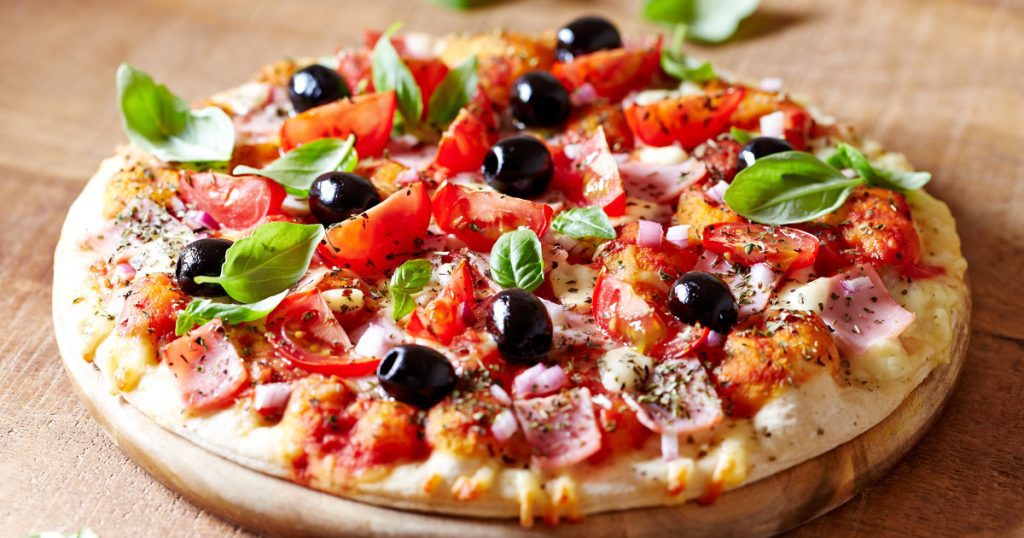

France: Baguette and cheese
French cuisine is famous for its exquisite dishes, but it is the baguette and cheese that have become national symbols. The baguette is not only an everyday element of the French diet but also a symbol of their identity and baking traditions. Cheese, on the other hand, is an essential element of food culture and accompanies a variety of occasions, from everyday meals to special celebrations.


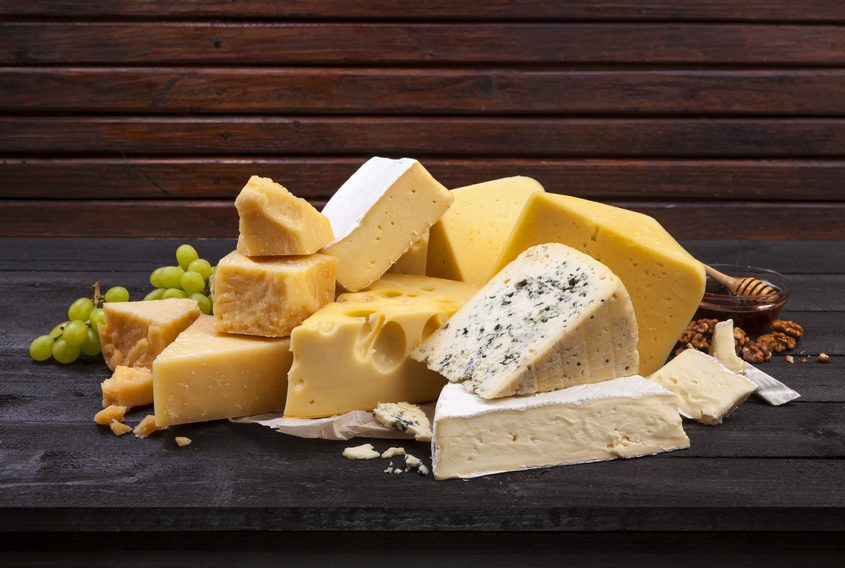

Japan: Sushi and ramen
Sushi and ramen have become synonymous with Japanese cuisine around the world. Both dishes have their roots in the culinary traditions of Japan and reflect the country’s aesthetic and spiritual values. Sushi is a harmony of flavors, shapes, and colors, while ramen symbolizes comfort and community by eating a meal together.
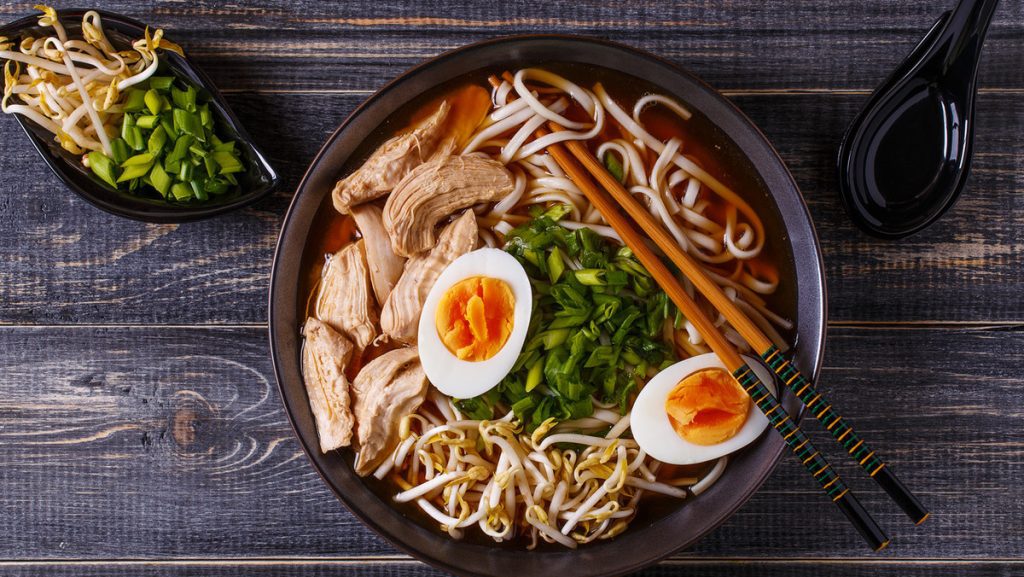

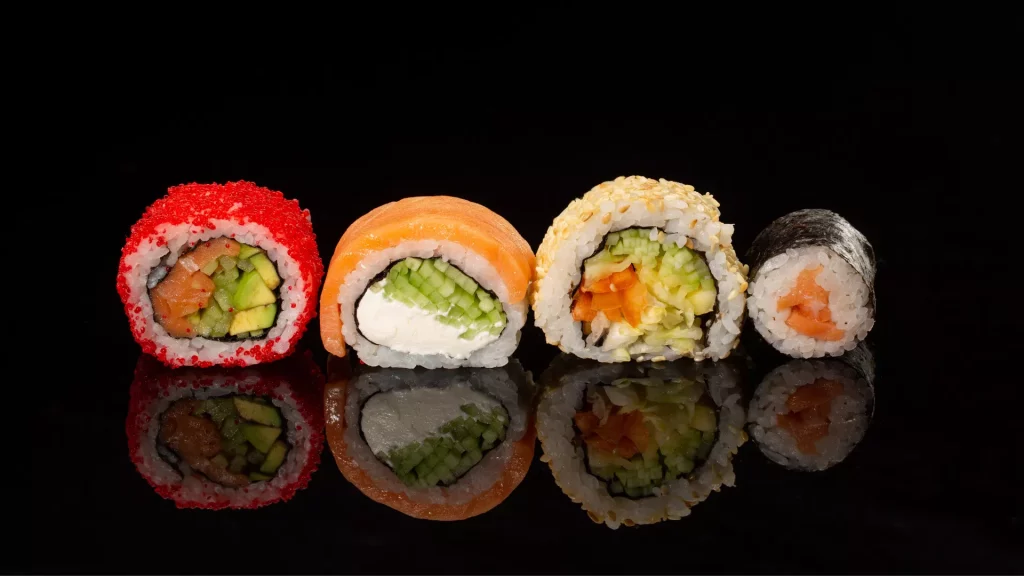

Poland: Dumplings and borscht
Pierogi and borscht are national symbols in Polish cuisine. Dumplings are dumplings with various fillings, such as cabbage, meat, or cheese, which are served on special occasions as well as on a daily basis. Borscht, or beetroot soup, is another dish that has become a symbol of Polish cuisine, especially in the Christmas Eve version, served on red borscht.
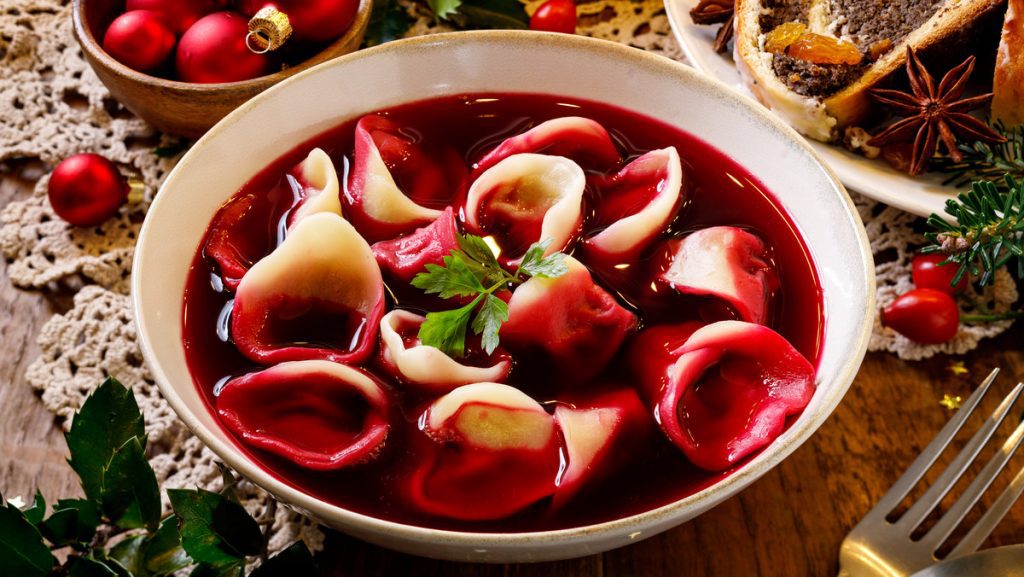



Eating habits are strongly related to national traditions that contribute to the formation of a country’s cultural identity. Dishes that become national symbols reflect the values, history, and lifestyle of their nation. Italian pizza and pasta, French baguette and cheese, Japanese sushi and ramen, or Polish dumplings and borscht are just a few examples of dishes that have become an inseparable element of cultural identity and influence the eating habits of societies around the world. Getting to know each other and appreciating these national traditions can contribute to the understanding of other cultures, as well as promote respect and tolerance in a global society.


Sorry, the comment form is closed at this time.